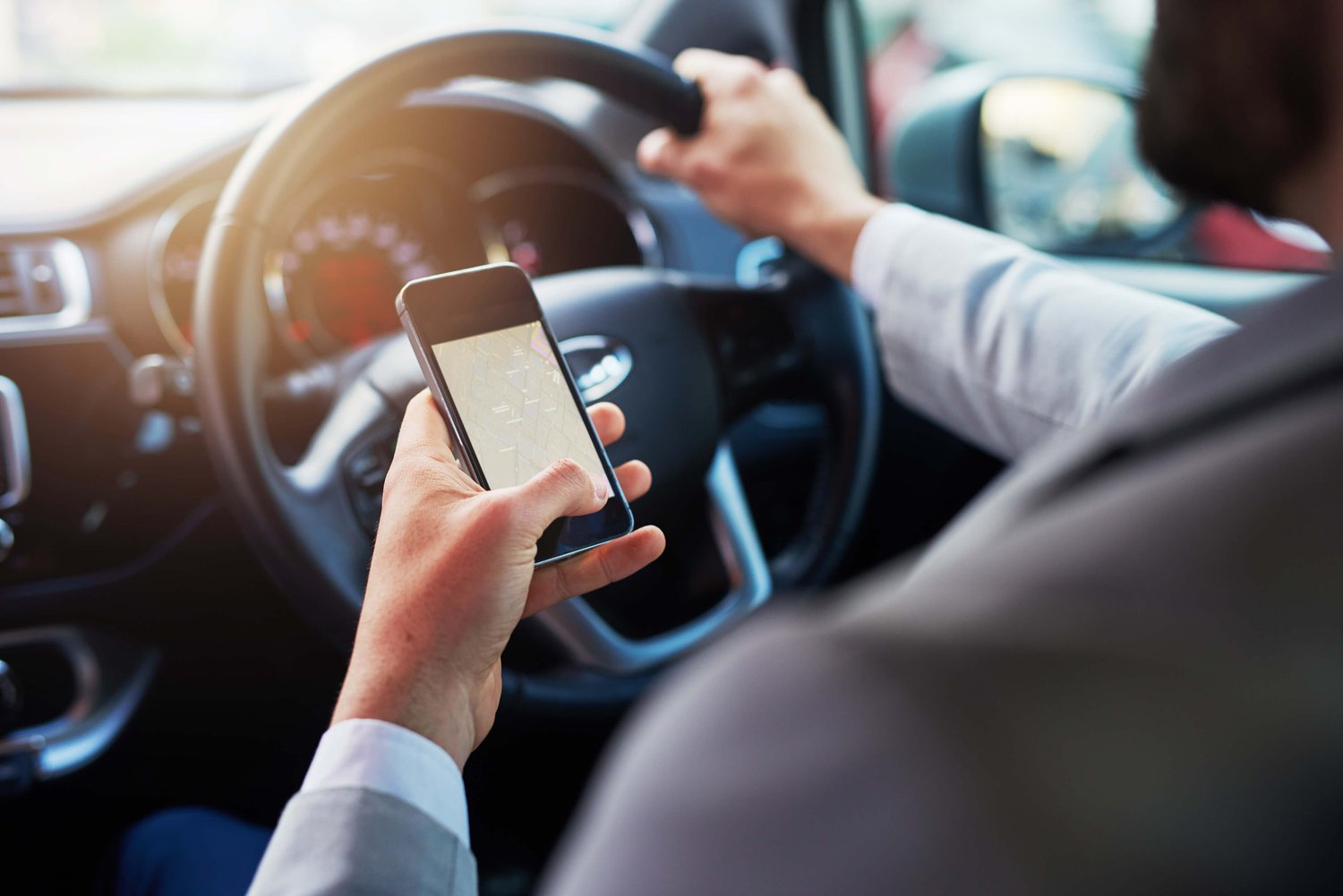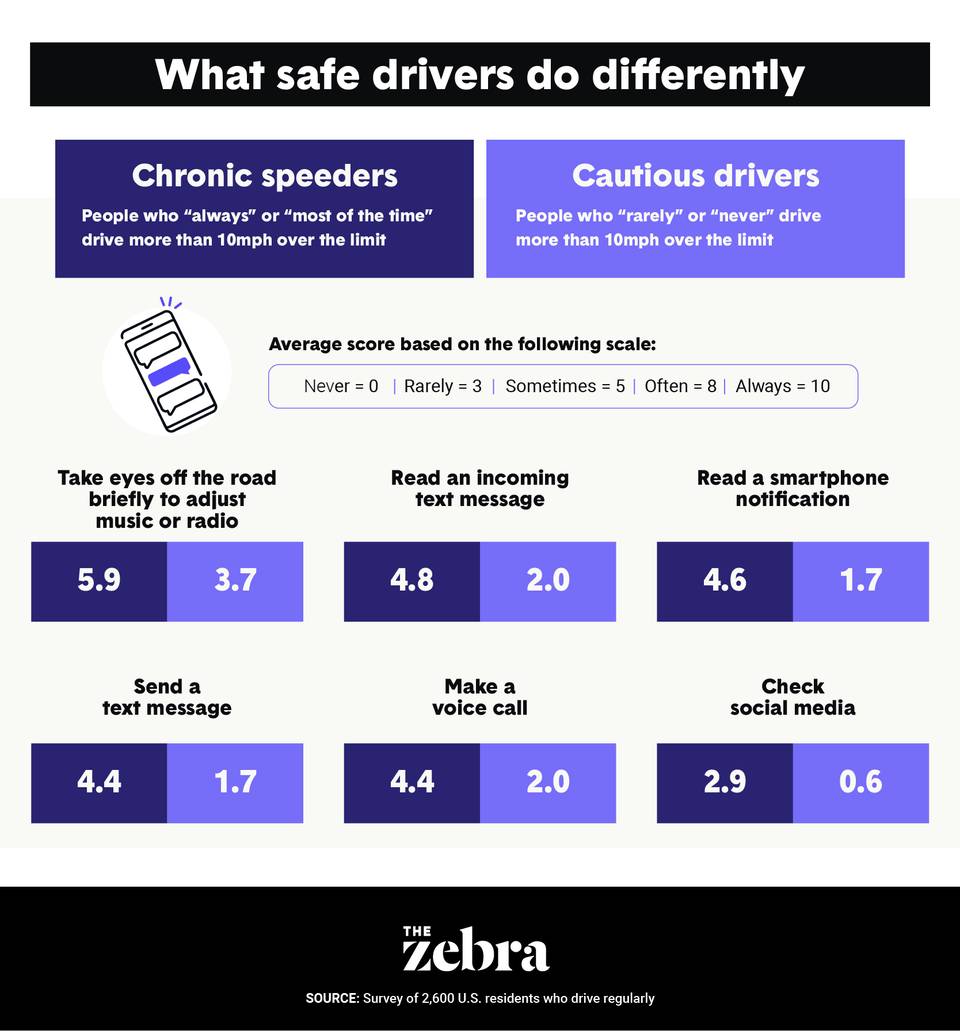Whether you’re alone or with passengers, driving a car requires your undivided attention. Unfortunately, too many drivers still give in to distractions on the road — despite the growing repercussions.
New research from The Zebra finds that the penalties that car insurance companies typically charge distracted drivers have increased exponentially over the past decade. Since 2011, the average insurance penalty for distracted driving went from about the cost of a latte ($5) to what you might pay for a fancy espresso machine ($357).
Despite this, drivers are more distracted than ever. To better understand the temptations of distracted driving, we surveyed 2,600 people in 25 cities across America about the types of distractions they’ve experienced.
Among our key findings:
- Smartphones aren’t the only things that distract drivers. A majority of people have read a message or sent a text while driving, but 1 in 4 drivers have also put on or taken off clothing while operating a vehicle (26.8%). About 1 in 7 drivers have applied makeup or deodorant (15.2%), engaged in sexual activity (14.9%), or hit a passenger (12.4%) while driving.
- New Yorkers admit to the most distracted driving followed by Washington, D.C., and St. Louis inhabitants. Seattle residents are America’s least distracted drivers.
- Generation Z drivers are most distracted, with distraction rates dropping significantly after age 40. Baby Boomers reported the lowest distraction rate.
- Nearly two-thirds of U.S. drivers (62.9%) say, “I know I shouldn’t use my phone while driving, but I do, anyway.”
Before we dive deeper into the survey finding, let’s take a closer look at what distracted driving can cost.










